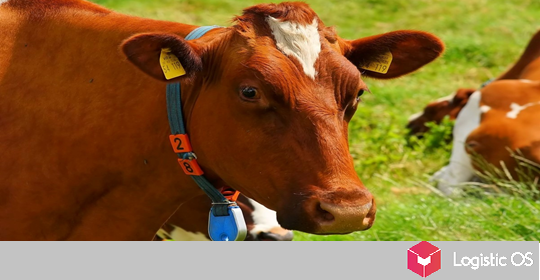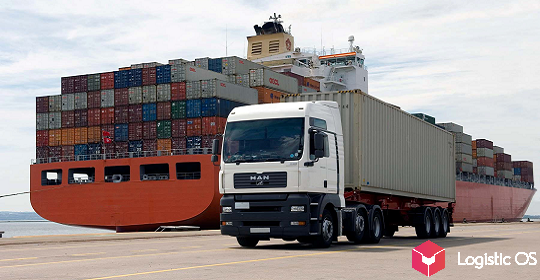The main influence on the indicators is exerted by the rise in prices for fruits and vegetables and meat.
According to the ministry’s forecasts, by the end of the year consumer prices in the country will be 7.4% higher than at the end of 2020.
Earlier it was assumed that the inflation rate will be 5.8%.
The lag in harvesting had a noticeable impact on the cost of fruit and vegetable and meat products:
Cabbage + 81.5%
Potatoes + 59.1%
Carrots + 35%
Tomatoes + 31.3%
Chickens + 26%
Pork, beef, lamb + 13-14%.
If the Ministry connects the increase in prices for vegetables with unfavorable weather conditions and a shortage of labor, then the rise in prices for meat was partially influenced by an increase in the cost of production.
Our country was not spared by the unstable situation in foreign markets:
Over the past year, global food prices have risen by almost 30%, almost reaching their 2011 maximum in September.
Although Russia has made great progress in the issue of import substitution of food products, raw materials and supplies for agriculture and the food industry are mostly bought abroad — as a result, the rise in prices for them is included in the cost of production.
What can contain inflation:
First, , the strengthening of the ruble and the increase in the key rate of the Central Bank.
High interest rates will reduce the excess amount of money in circulation.
Secondly , government initiatives for additional subsidies to certain industries.
The milling industry and bakery manufacturers, for example, are already reimbursed for part of the cost of producing products.
Similar actions can be taken for farmers and meat producers.
Generally speaking, Russia is not an isolated developing country; it exists in the global economic space and is subject to all market trends.
According to analysts, inflation in Russia will slow down in the second half of 2022.

